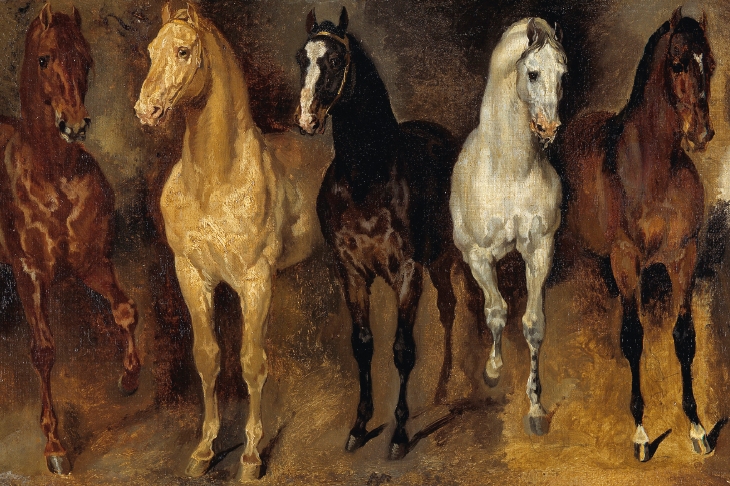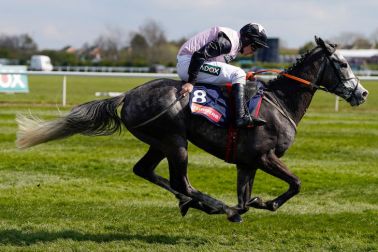Wallace Stevens gave us ‘Thirteen Ways of Looking at a Blackbird’. The German scholar Ulrich Raulff, in this meaty book about the history of man’s partnership with horses, gives us many more than 13 ways of looking at a horse. Horses have had ‘more meanings than bones’, he writes. And those meanings have been central to the human experience since pre-history. Evidence from the abraded teeth of horse skeletons indicates that man first slipped a rope into a horse’s mouth as long ago as 3,700 BCE.
Horses are what Raulff calls ‘converters’: they can unlock the energy in plants and make it available for man’s use. As draught animals they were ‘oat-powered engines’, a single horse delivering roughly seven times the power of a single man. As mounts, they were the first thing that gave us the experience of speed — opening up space to hunting, to new forms of warfare, to colonisation and in the end, to politics. And, as the long iconography of man on horseback shows, they also, literally, raised us up. A king was not a king without his horse. They were, of our many animal companions, first among equals. The man-horse relationship — which Raulff calls ‘the Centaurian Pact’ — only really started to lose its significance in the 20th century — and late, at that.
Raulff divides his survey into what he calls three ‘economies’ in which horses have participated: ‘energy’, ‘knowledge’ and ‘pathos’. That is, their economic or military roles and transformative historical effects; the overlapping and changing fields of first practical, then theoretical or scientific knowledge to do with everything from breeding (the English Stud Book predates Burke’s Peerage by 35 years), to judging horseflesh as a buyer (Xenophon had some warnings about how not to get ripped off by your horse-dealer), biomechanics, engineering, veterinary science and anatomy; and finally their role in the mythopoeic imagination.








Comments
Join the debate for just £1 a month
Be part of the conversation with other Spectator readers by getting your first three months for £3.
UNLOCK ACCESS Just £1 a monthAlready a subscriber? Log in